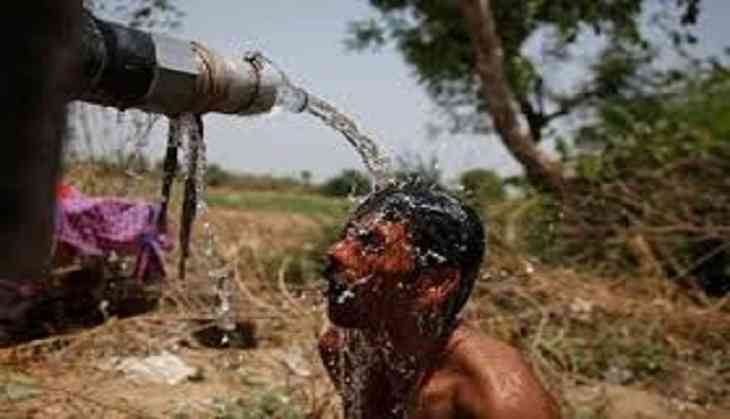
With extreme heatwave engulfing the northern part of India, many places are recording temperatures above 45 degrees Celsius. Rajasthan’s Churu recorded a maximum temperature of 50 degree Celsius on Tuesday, said IMD. This was the highest temperature recorded in the world yesterday.
Delhi also sizzled on Tuesday, recording the highest temperature in May in at least a decade at the Palam weather station and 18 years at Sufdarjung station.
In 2010 in Palam and 2002 in Safdarjung, the same temperatures were put on record. 47.6 degrees in the former and 46 degree in the latter.
The temperatures come after a pleasant April in the national capital, all the more the first half of May also saw maximum temperature below normal in Delhi. The national capital does get hotter sometime, but only in June.
There are two ways of recording heatwaves. A maximum temperature of at least 40 degrees Celsius which is 4.5 degree Celsius to 6.4 degrees Celsius higher than the usual or a maximum temperature of at least 45 degrees Celsius for two stations in a sub-division for two straight days.
An extreme heatwave is declared when the utmost temperature is not less than 40 degrees Celsius and the departure from normal is more than 6.4 degrees Celsius or the real utmost temperature is above 47 degrees Celsius.
The effect of heatwaves usually involve cramps, dehydration, exhaustion and heat stroke. The NDMA has enumerated following symptoms:
Ederna (swelling) and Syncope (Fainting) normally accompanied by fever less than 39 degrees Celsius 102 degres Fahrenheit.
Fatigue, weakness, dizziness, headache, nausea, vomiting, muscle cramps and sweating.
Body temperatures of 40 degrees Celsius that is 104 degrees Fahrenheit or more along with delirium, seizures or coma. This is a potential fatal condition.
Because of dry north westerly winds over plains of northwest India, central India and adjacent parts of east India. The on going heatwave are likely to stay for the next 24 hours, said IMD. Extreme heatwave are likely over pockets of Vidarbha on 27th May. The heatwave will also carry on over parts of Haryana, Rajasthan, Punjab, UP on 26th-27th May.
The heatwave situation is expected to change from Thursday.
Because of western disturbance and formation of east-west trough in lower levels, rain and thunderstorms are likely in many parts of northwest India on May 28 and 29 after which heatwave conditions will reduce.
“Super cyclone Amphan sucked out all the moisture from other parts of the country and very dry, northwesterly winds from land side was blowing over northwest India. Plus, we had clear skies and direct sunshine which also led to the peaking of maximum temperatures. There was no intense western disturbance which could change this kind of wind pattern or cause clouding,” said Kuldeep Shrivastava, head, regional weather forecasting centre.
Also Read: Varanasi-temperature-rises-to-46-degrees-Celsius-IMD-predicts-shower


